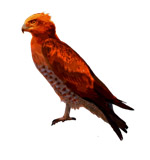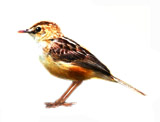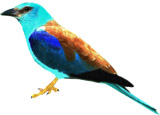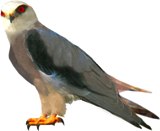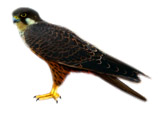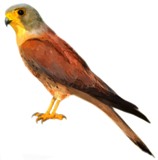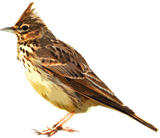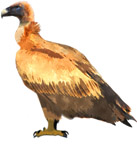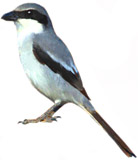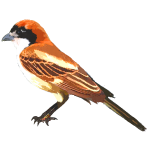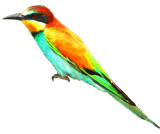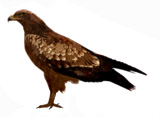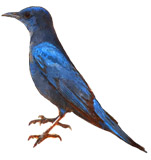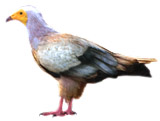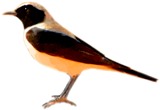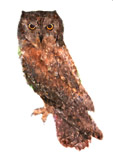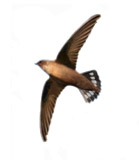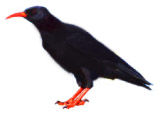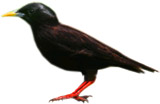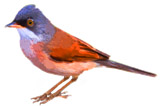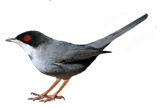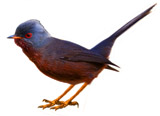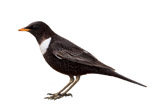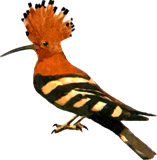HOTSPOT FACTSHEET: MONTE DA CABRANOSA
Location: Monte da Cabranosa hill; Vila do Bispo municipality, Western Algarve | Coordinates: 37° 2′ 8.235″, -8° 57′ 14.8674″ (Lat/Long); 37.035621 N, -8.954130 W (decimal degrees) | Code: VB1 (Cabranosa is normally known as ‘P1’) | Completion Time: up to 12-16 hours, for the three Sagres Peninsula hotspots and adjacent areas | Best Time for Birdwatching: September-November is the best period; Spring migration is also worthwhile; all seasons offer birding opportunities; however, there’s a lower number of birds and bird species during summer | Protection Status: Natural Park; Biogenetic Reserve; Important Bird Area (IBA); Special Protection Area & Special Area of Conservation (Natura 2000) | Activities: birding; nature walks; cycling, running & other outdoor activities; sightseeing; cultural travelling; extreme sports;
[PLEASE CHECK CABRANOSA’S BIRD SPECIALITIES AT THE BOTTOM OF THIS PAGE] The absolute best period to observe recurring species – such as Black Kite, Egyptian Vulture or Booted and Short-toed Eagles – runs from late September to early October, except in the case of the Griffon Vulture, a species that tends to arrive in late October and early November; a spectacle not to be missed, the mass arrival of these impressive vultures is an iconic event at the natural park. A higher proportion of uncommon, or regular but erratic species (like Cinereous Vulture, Iberian Imperial Eagle, Eleonora’s Falcon and Black-shouldered Kite) also tend to show up between late October and the first days of November. A large part of these birds are immatures on their very first crossing. However, birds of prey do not cross to the Maghreb directly from Sagres; instead, most of the birds redirect their flight to the southeast, towards the Straits of Gibraltar. After nesting in rugged river valleys throughout some of the most remote regions in Iberia (and elsewhere in Europe west of Germany), a few Black Storks usually turn up between mid-October and mid-November. These magnificent soaring birds can be accompanied by rarities such as Rüppell’s Griffon Vultures (which usually share the airspace with the large gatherings of Griffon Vultures), Lesser Spotted Eagles, Red-footed and Lanner Falcons, or Pallid Harriers. Sagres also recorded Europe’s first White-backed Vulture.
Martinhal Lagoon (Lagoa do Martinhal): Located in the scenic Martinhal beach, this is a seasonal and quite small wetland where it is possible to observe several waterbird species in autumn and winter (especially after a rainfall). Despite its size, the lagoon acts as a magnet for wandering waterfowl: species like the White-rumped Sandpiper (Calidris fuscicollis) and the Grey Phalarope (Phalaropus fulicarius) have been found at Martinhal recently, whereas frequent finds at this location include White Stork (Ciconia ciconia), Yellow-legged Gull (Larus michahellis), Kentish Plover (Charadrius alexandrinus) and Black-winged Stilt (Himantopus himantopus).
Beliche Beach (Praia do Beliche): This is the beach to visit if you’re in Sagres on a windy day. It is smaller than others in the vicinity of the town, boasting a nice little bay and – generally – calmer waters; to reach the sandy bottom you’ll have to negotiate a steep and long stairway. It is located between the Cape and Sagres.

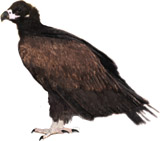
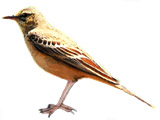
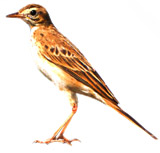
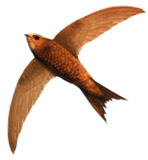
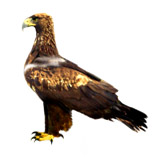
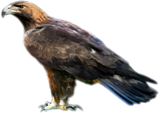
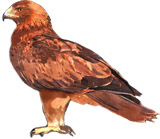
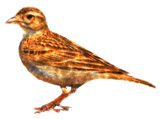
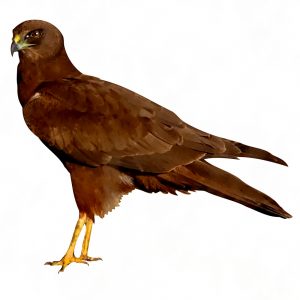 Circus aeruginosus
Circus aeruginosus